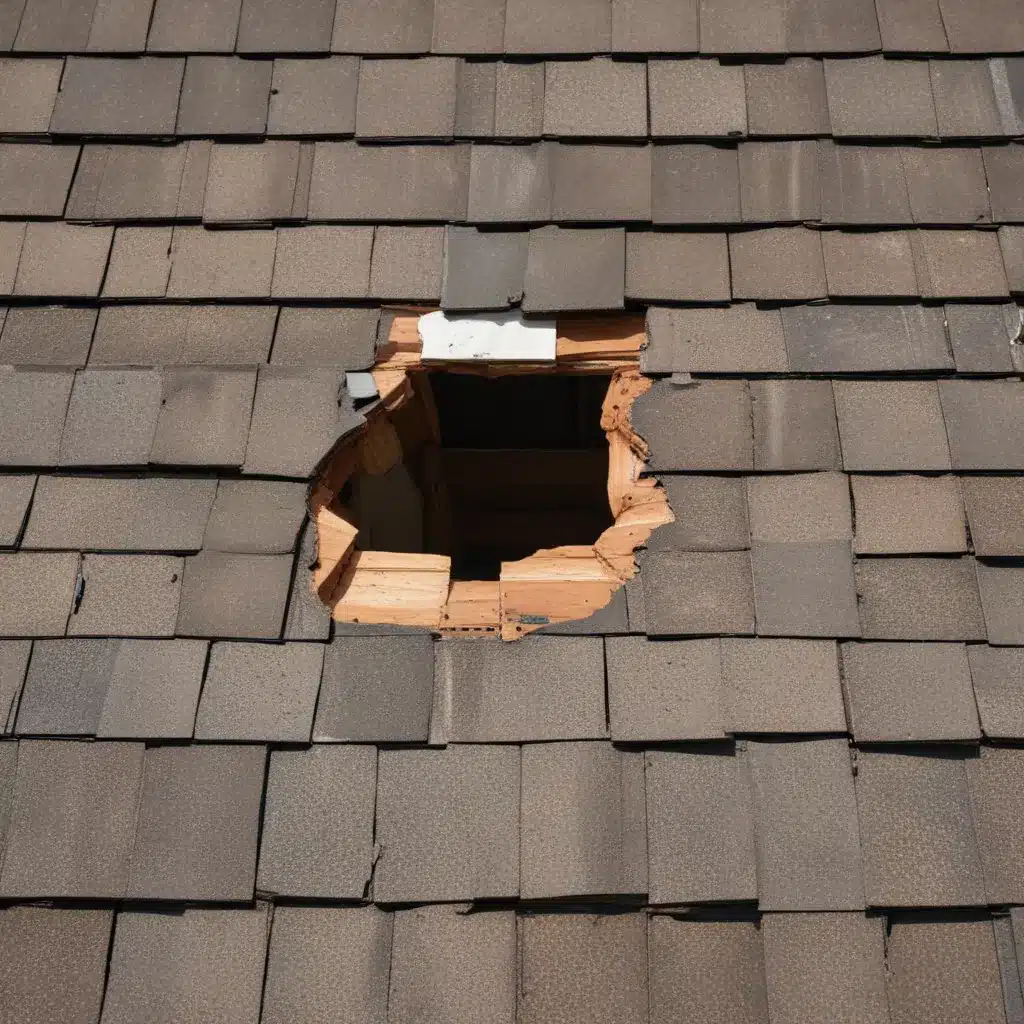
Understanding When to Replace Your Roof
Unlike many other home components, your roof doesn’t come with a definitive “best before” date. Roofs don’t age at a consistent rate, so there’s no single answer for how often a roof should be replaced. However, as a seasoned roofing professional, I can share practical insights to help you identify the right time to address roof issues before they turn into major problems.
The age of your roof is a good starting point, but it’s not the only factor to consider. Roofing materials, your local climate, and the quality of the initial installation all play a role in determining the lifespan of your roof. Generally, experts recommend a professional inspection every 3-5 years, depending on the roofing material.
In this comprehensive guide, we’ll explore seven clear signs that it’s time to consider roof repair or replacement. By understanding these indicators, you can take proactive steps to protect your home and maintain its value.
1. Water Damage and Leaks
One of the most obvious signs that your roof needs attention is the presence of water damage or active leaks. If you’re noticing daylight peeking through the roof, heavy rain seeping in, or high winds causing leaks, it’s a clear sign that your roof has reached a point of failure.
Look for other signs of water intrusion, such as discolored walls or ceilings, damp insulation, and musty odors. Persistent leaks can lead to mold growth, rotting wood, and extensive damage to your home’s structure if left untreated.
2. Roof Age and Material
The lifespan of your roof is largely determined by the roofing material used. Here’s a general overview of common roof materials and their expected lifespans:
| Roofing Material | Lifespan |
|---|---|
| Asphalt Shingles | 15-30 years |
| Metal Roofing | 40-70 years |
| Tile Roofing | 50-100 years |
| Slate Roofing | 80-200 years |
| Wood Shingles/Shakes | 20-40 years |
Keep in mind that these are estimates, and the actual lifespan of your roof can vary based on factors like climate, installation quality, and maintenance. If your roof is approaching the end of its expected lifespan, it’s wise to start planning for a replacement, even if it doesn’t yet show visible signs of wear.
3. Sagging Roof Structure
A sagging roof is a clear indication of underlying structural issues that require immediate attention. This noticeable dip in the roof can signal problems like rotting wood, weakened roof decking, or even foundation settlement. Ignoring a sagging roof can lead to catastrophic failures, putting your entire home at risk.
If you notice any sagging or uneven areas on your roof, it’s essential to have a professional roofing contractor inspect the situation and recommend appropriate repair or replacement solutions.
4. Moss, Mold, and Fungi Growth
The presence of moss, mold, or fungi on your roof is a sign that moisture is accumulating and causing damage. These unwanted guests thrive in damp environments, and their growth can accelerate the deterioration of your roofing materials.
Moss, in particular, can crack and chip away at shingles, causing leaks and further water damage. Lichen and mildew growth can also weaken sealants and lead to roof leaks. If left untreated, this type of organic growth can significantly shorten the lifespan of your roof.
5. Curling or Buckling Shingles
Curling or buckling shingles are a clear indicator that your roof is nearing the end of its useful life. When shingles start to curl, they lose their ability to effectively protect your home from the elements. This can result in leaks, water damage, and even structural issues if left unchecked.
Curling shingles can be caused by a variety of factors, including improper installation, poor ventilation, or simply the natural aging of the roofing materials. Addressing this problem promptly by replacing damaged shingles and ensuring proper ventilation is crucial to maintaining your roof’s integrity.
6. Missing Shingles or Granules
Visually inspecting your roof for missing shingles or granules can also reveal the need for repair or replacement. When shingles become loose or fall off, they expose the underlying roof structure to potential water damage and leaks.
Additionally, the loss of granules from the shingles can be a sign that the roofing material is reaching the end of its lifespan. Granules help protect the roof from UV rays and excessive heat absorption, so their absence can accelerate the deterioration of the shingles.
You can often spot granule loss by checking your gutters and downspouts for an excessive accumulation of these small particles.
7. Selling Your Home
If you’re planning to sell your home, the condition of your roof can significantly impact its value and appeal to potential buyers. A worn-out or aging roof can be a major deterrent, as buyers often view it as a costly and immediate repair that they’ll need to address.
When preparing your home for sale, consider having a professional roofing inspection and, if necessary, replacing the roof. This investment can pay off by increasing the perceived value of your home and making it more attractive to buyers.
Proactive Roof Maintenance and Repair
Recognizing the signs of a roof in need of repair or replacement is the first step, but it’s also crucial to take a proactive approach to roof maintenance. Regular inspections, prompt attention to minor issues, and timely repairs can help extend the lifespan of your roof and prevent costly, large-scale damage.
At Roofers in Northampton, our experienced team of roofing professionals is dedicated to providing comprehensive solutions for all your roofing needs. Whether you’re dealing with a leaky roof, considering a full replacement, or simply want to ensure the long-term health of your home’s first line of defense, we’re here to help.
Don’t wait until small problems turn into major headaches. Contact us today to schedule a roof inspection and discuss your options for keeping your home safe, secure, and looking its best.

